News
-
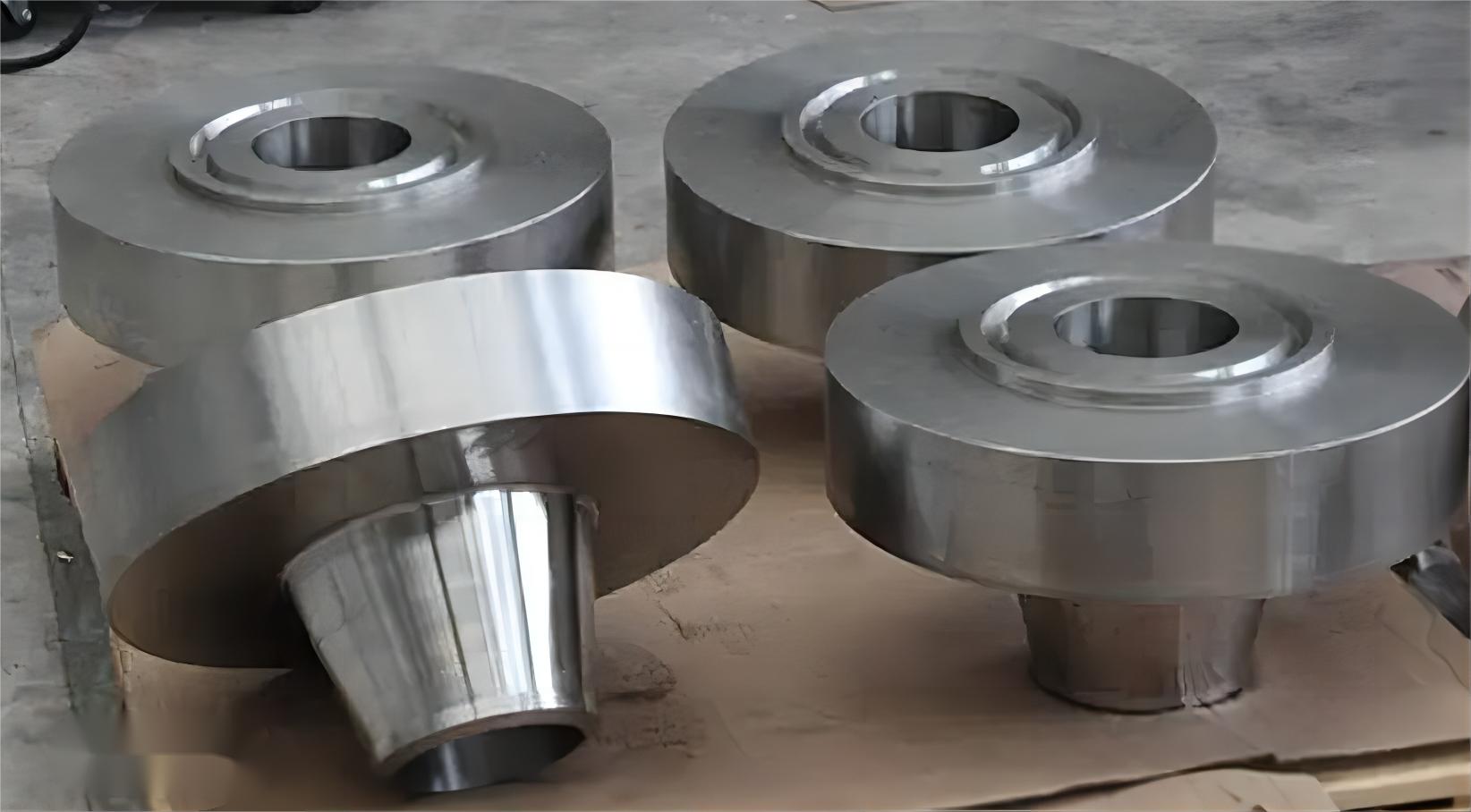
A brief introduction to A694 and A694 F60
ASTM A694F60Chemical Component F60 C Mn Si S P Cr Mo Ni Al 0.12-0.18 0.90-1.30 0.15-0.40 0.010MAX 0.015MAX 0.25MAX 0.15MAX 0.03MAX 0.025-0.05 Cu Sn V Nb Ti N Co B Ta 0.25MAX / 0.04MAX 0.03MAX 0.0025MAX 0.012MAX / 0.0005MAX / Technology for Heati...Read more -

Why are the prices of A105 and Q235 different?
Carbon steel flanges are widely used in the installation of industrial fluid pipelines. Q235 and A105 are two kinds of carbon steel materials that are more commonly used. However, their quotations are different, sometimes quite different. So what is the difference betwee...Read more -
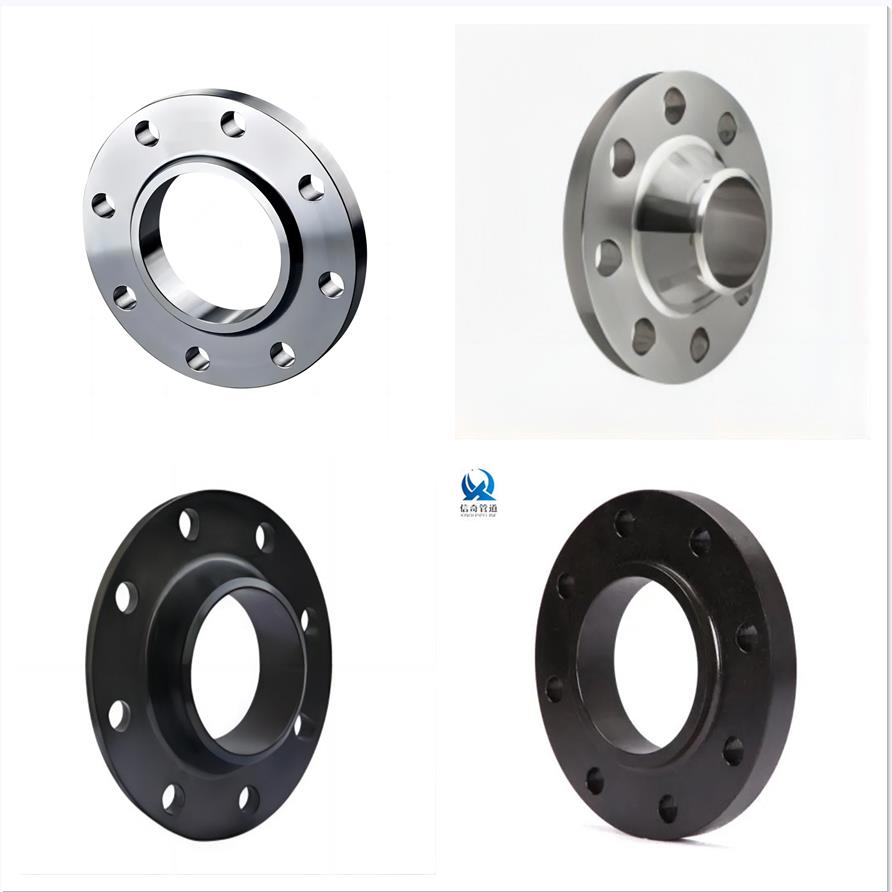
Introduction to technical performance and processing method of butt welding flange and flat welding flange
Butt-welding flange is one of the flanges, which refers to the flange with neck and round pipe transition and is connected with the pipe by butt welding. Because the length of neck can be divided into neck butt welding flange and neck flat welding flange. Butt-welding fl...Read more -

Hot-Dip Galvanized Flange
Hot-dip galvanized flange is a kind of flange plate with good corrosion resistance. It can be immersed in molten zinc at about 500 ℃ after the flange is formed and derusted, so that the surface of steel components can be coated with zinc, thus achieving the purpose of co...Read more -
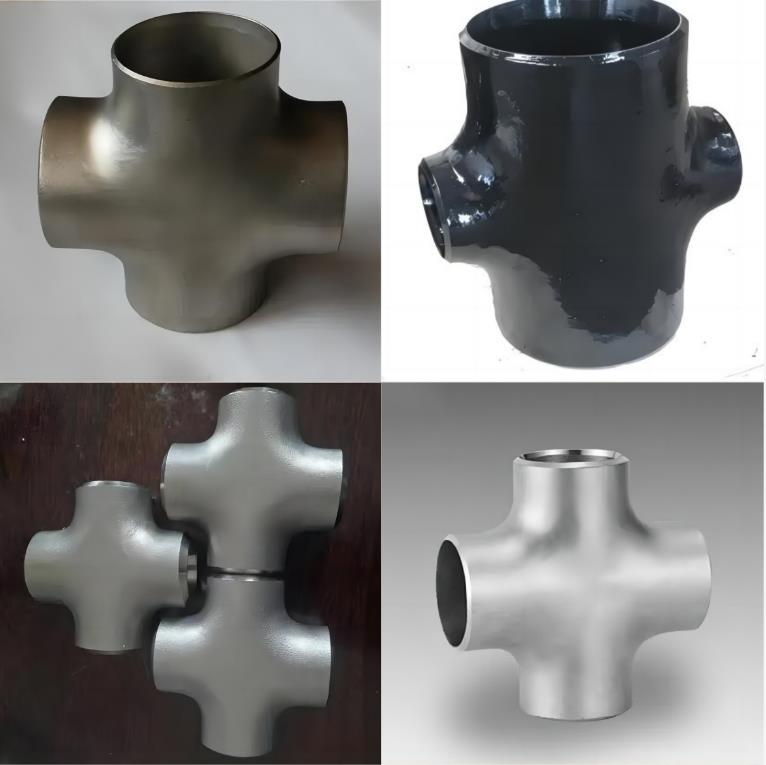
What do you know about the crosses
Crosses can be divided into equal-diameter and reduced-diameter, and the nozzle ends of equal-diameter crosses are of the same size; The main pipe size of the reducing cross is the same, while the branch pipe size is smaller than the main pipe size. The stainless steel c...Read more -
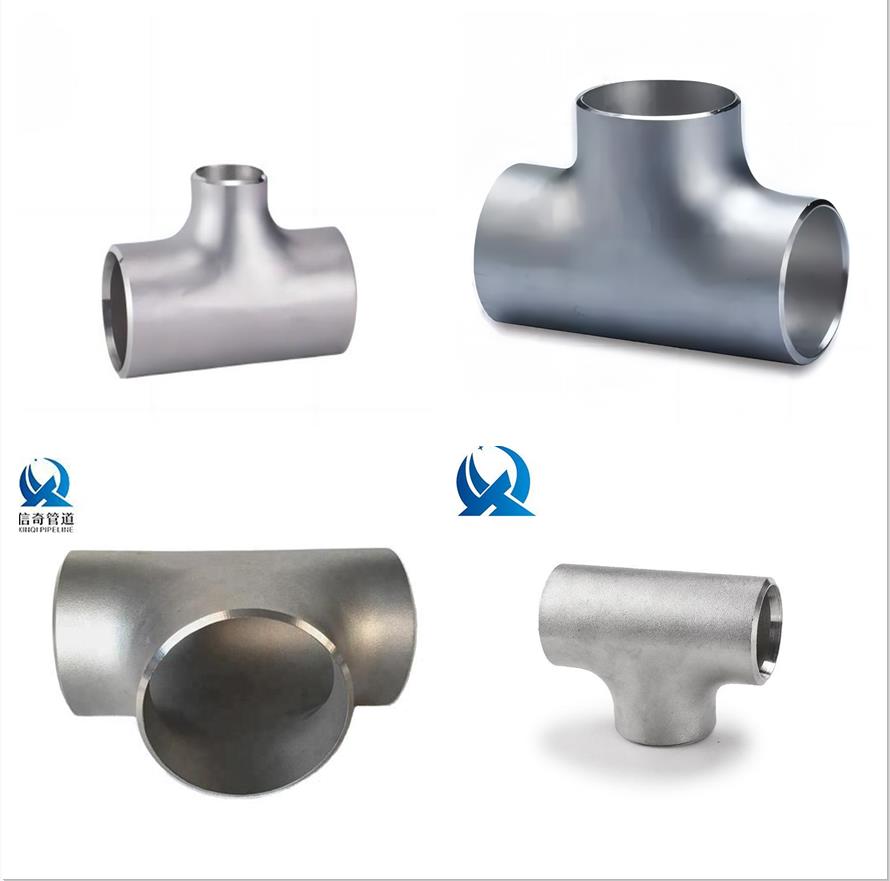
Which of the reduced tee and the equal tee is commonly used?
The reducing tee is a pipe fitting compared with the equal tee, which is characterized by that the branch pipe is different from the other two diameters. Equal diameter tee is a tee fitting with the same diameter at both ends of the branch pipe. So, in our life, are we m...Read more -
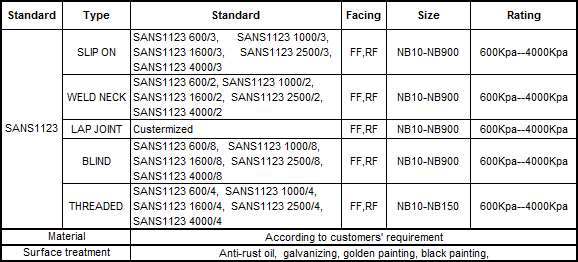
About flange standard SANS 1123
Under the SANS 1123 standard, there are several types of slip on flanges, welding neck flanges,lap joint flanges, blind flanges and threaded flanges. In terms of size standards, SANS 1123 is different from common American, Japanese and European standards. Instead of Cla...Read more -
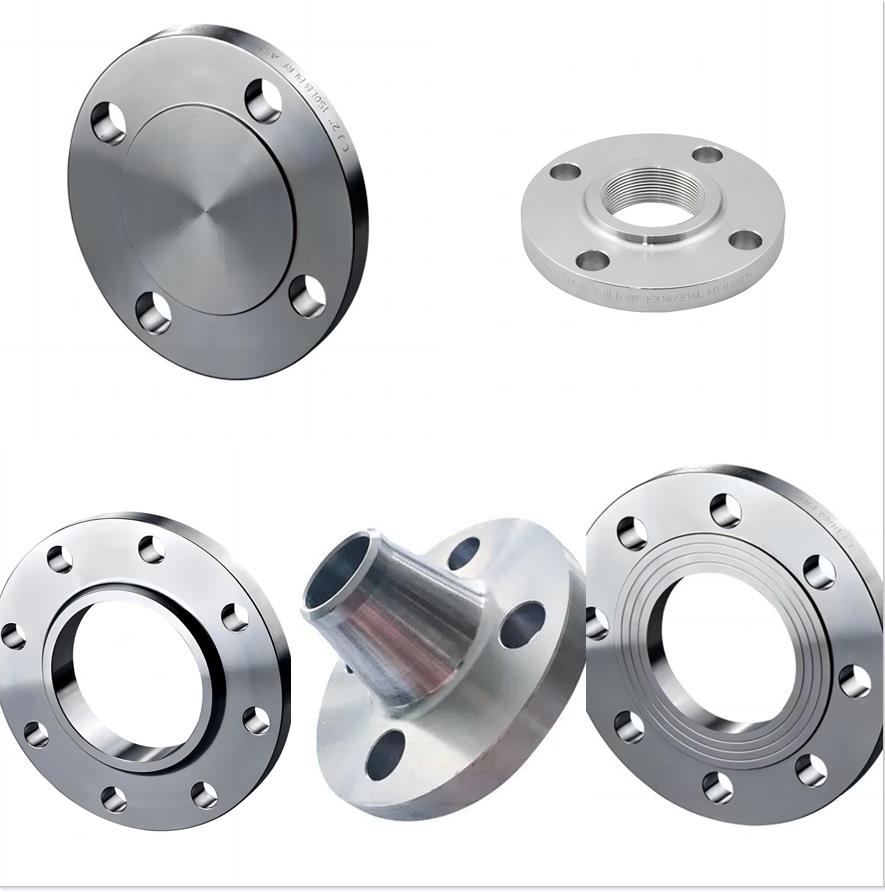
What is the difference between forged flange and cast flange?
Cast flange and forged flange are common flanges, but the two kinds of flanges are different in price. The cast flange has accurate shape and size, small processing volume and low cost, but has casting defects (such as pores, cracks and inclusions); The internal structur...Read more -
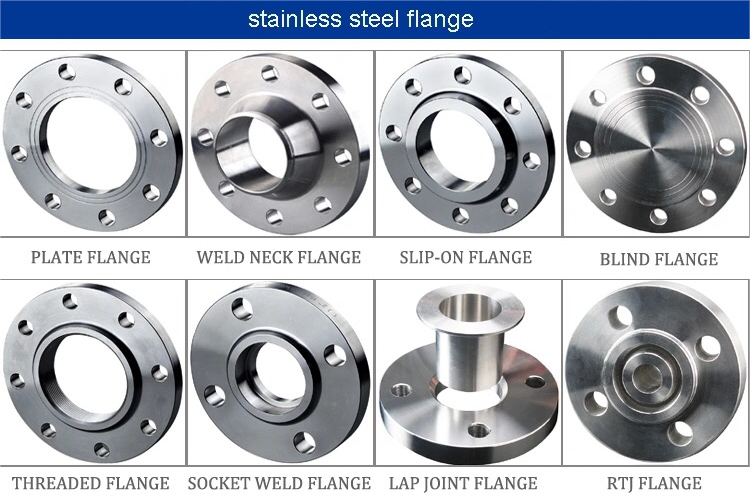
How many types of flanges are there
Basic introduction of flange Pipe flanges and their gaskets and fasteners are collectively referred to as flange joints. Application: Flange joint is a kind of component widely used in engineering design. It is an essential part of piping design, pipe fittings and valves...Read more -

What are the main differences between ASME B16.5 and ASME B16.47
ASME B16.5 and ASME B16.47 are two of the common American standards for flanges. However, many people cannot distinguish the two standards, so they often use the two standards incorrectly. This article will make a specific distinction between the two standards. The main difference is that the fla...Read more -
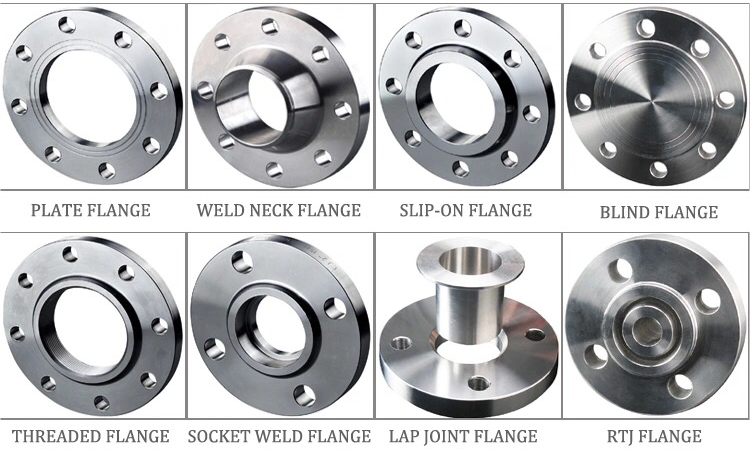
An introduction to a variety of flange products to ANSI B16.5 standard
American national standards ASME/ANSI B16.5 and B16.47 together cover pipe flanges up to NPS 60. ASME/ANSI B16.47 covers two series of flanges, Series A which is equivalent to MSS SP-44 (the 1996 Edition of MSS SP-44 complies with B16.47 tolerances), and Series B which i...Read more -
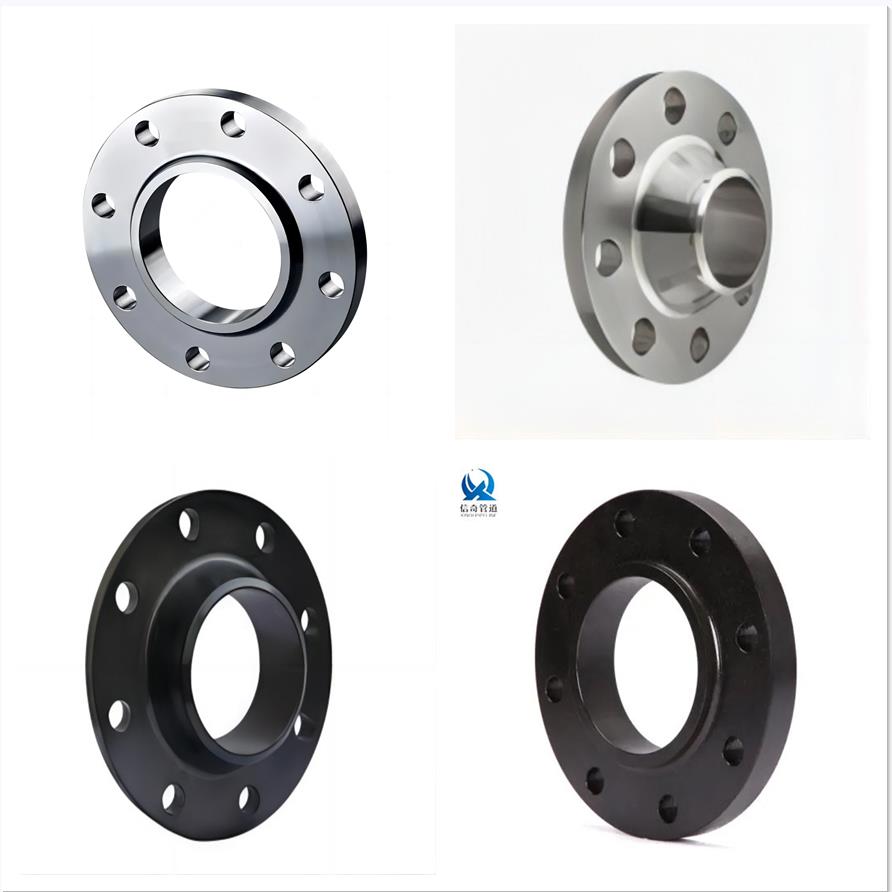
Weld Neck Flanges and Slip On Flanges—-BS3293
British Standard BS 3293: 1960-Carbon Steel Pipe Flanges(over 24 inches nominal size) for Petroleum Industry, covers Class 150lb to 600lb weld neck flanges and slip on flanges. The following will introduce the dimensions and tolerances of the welding neck flange and the neck flat welding flange ...Read more -
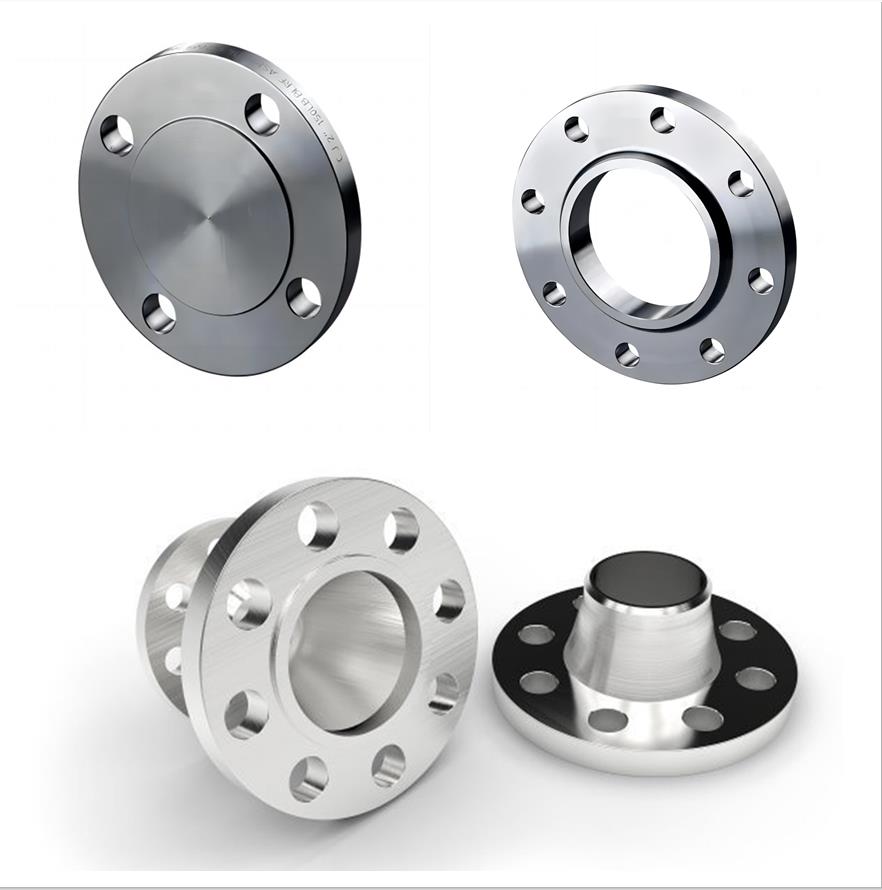
Some tips about BS10
The size representation of BS10 is different from other American and British standards. BS 10 uses Table D, Table E, Table F and Table H to represent dimensions. BS10 flange standard is mainly used for blind flange, slip on flange and welding neck flange. The blind flange plays the same role of i...Read more -
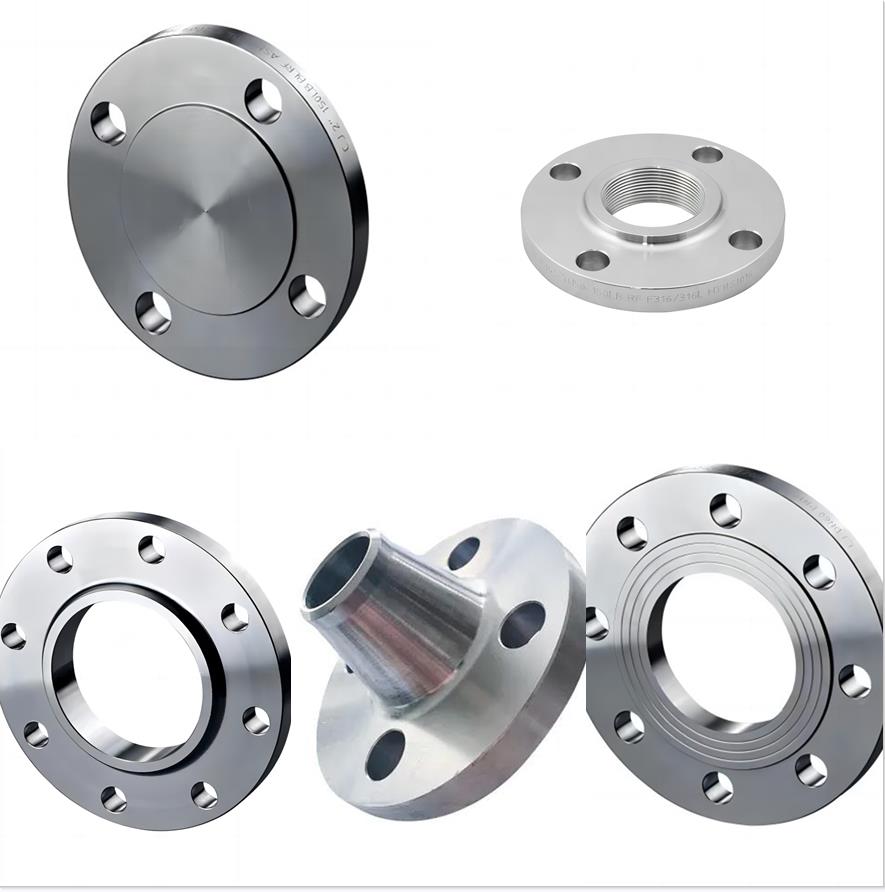
Do you know which types of flanges are included in BS4504?
Using BS4504 standard, there are plate flanges, weld neck flanges, slip on flanges, threaded flange and blind flange, etc. About these types of flanges, will introduce their specific size pressure and other details Plate Flanges(Code101) Plate type flat welding flange (chemical standard HG20592...Read more -
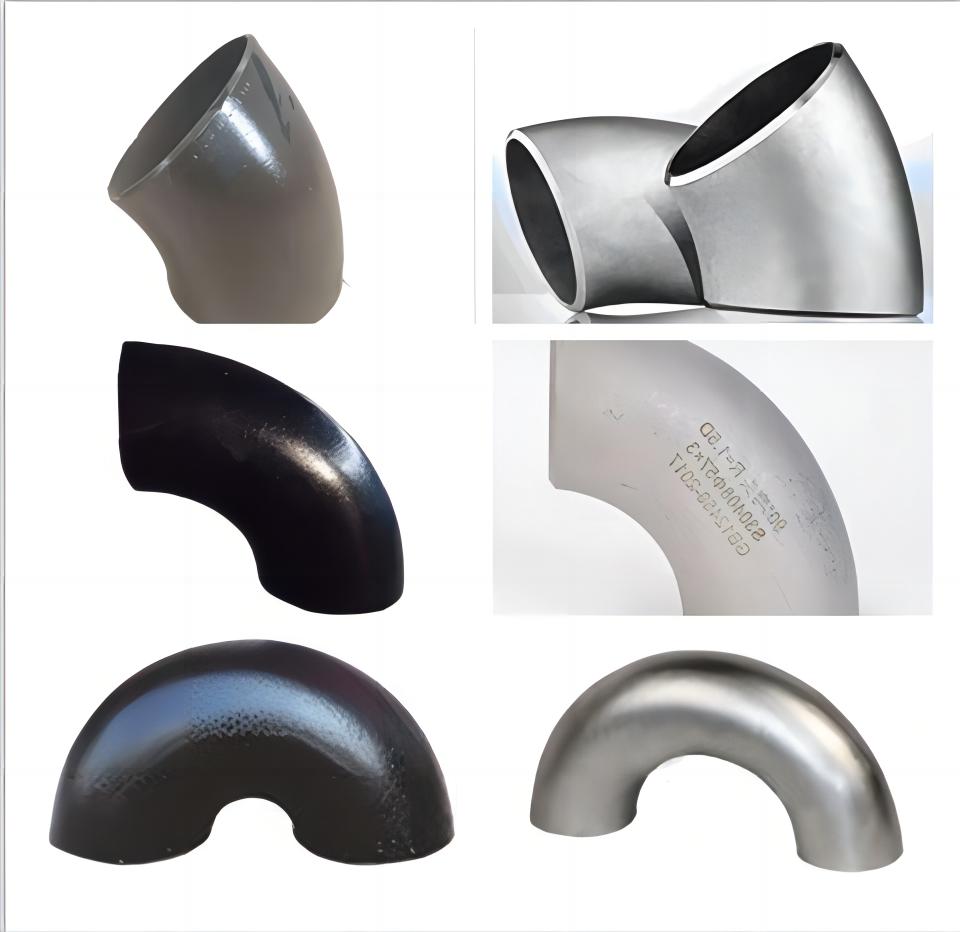
Butt Weld Fittings General Product
A pipe fitting is defined as a part used in a piping system, for changing direction, branching or for change of pipe diameter, and which is mechanically joined to the system. There are many different types of fittings and they are the same in all sizes and schedules as the pipe. Fittings are divi...Read more -

What do you know about the forging A105?
Standard name: carbon steel forgings for pipe parts. Because only one type of carbon steel forging is specified in this standard, A105 is also considered as a carbon steel grade of forging. A105 is also a material code, which belongs to special steel and is a cold forged...Read more -
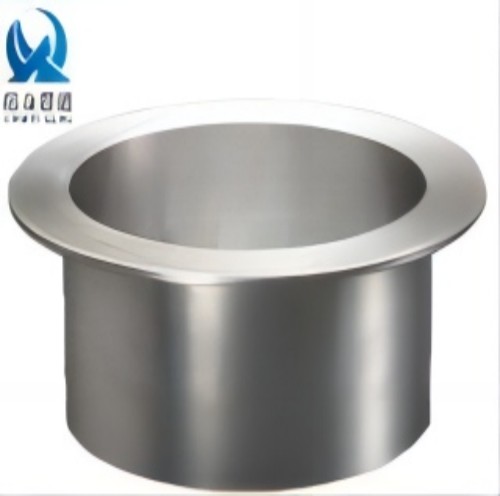
What is flanging/stub ends?
Flanging refers to the forming method of forming a straight wall or flange with a certain angle along the closed or unclosed curve edge on the flat or curved part of the blank by using the role of the mold. Flanging is a kind of stamping process. There are many kinds of flanging, and the classifi...Read more -
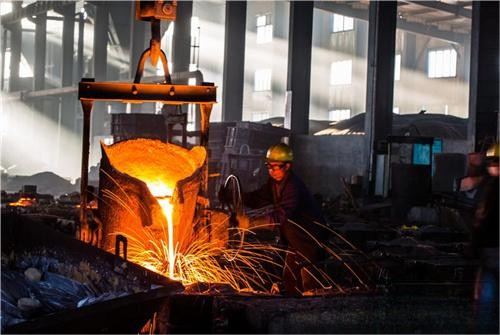
What is the difference between casting and forging?
There are many processes with similar names in industry, but there are great differences between them, such as casting and forging. Introduction to casting and forging Casting: molten liquid metal fills the mold cavity for cooling, and air holes easily occur in the middl...Read more -
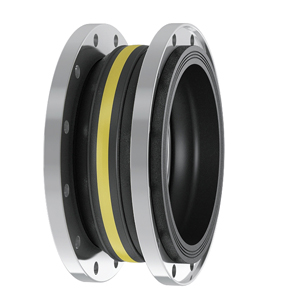
Somethings about Hypalon Rubber
Hypalon is a kind of chlorinated elastomer Hypalon (chlorosulfonated polyethylene). Its chemical characteristics are oxidation resistance, resistance to winding and cracking, wear resistance, weather resistance, UV/ozone resistance, heat resistance, chemical resistance, ...Read more -

Something about S235JR
S235JR is a European standard non-alloy structural steel, equivalent to the national standard Q235B, which is a carbon structural steel with low carbon content. It is used for welding, bolting and riveting structures. Carbon structural steel is a kind of carbon steel. The carbon content is about ...Read more -
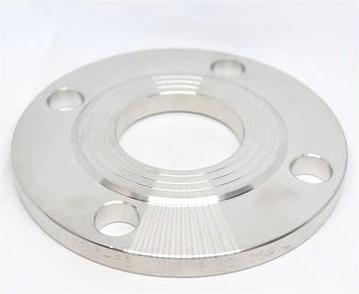
What is the difference between SUS304 stainless steel and SS304?
SUS304 (SUS means stainless steel for steel) stainless steel austenite is usually called SS304 or AISI 304 in Japanese. The main difference between the two materials is not any physical properties or characteristics, but the way they are quoted in the United States and Japan. However, there are m...Read more -
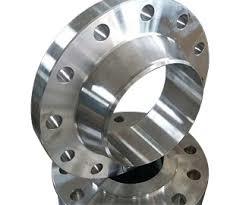
How to solve the problems occurred in the process of processing stainless steel flange?
Stainless steel flanges are widely used in all walks of life because of their beautiful appearance, high temperature and high pressure resistance, corrosion resistance and other characteristics. However, many people still have many problems in the processing of stainless steel flanges. Today we w...Read more -
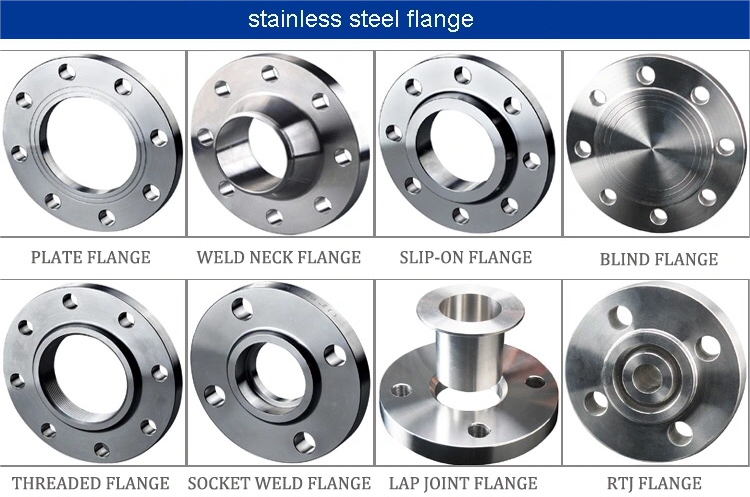
Precautions for use of stainless steel flange
1.The welding rod shall be kept dry during use. The calcium titanate type shall be dried at 150′C for 1 hour, and the low-a hydrogen type shall be dried at 200-250 ℃ for 1 hour (the drying shall not be repeated for many times, otherwise the skin is easy to crack and peel off) to prevent the...Read more -
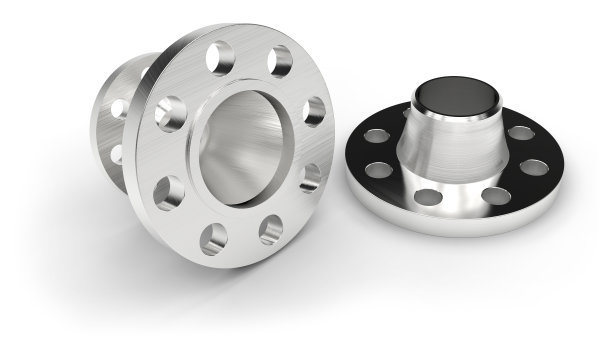
What are the application fields and advantages of the neck flange?
Flange has good comprehensive performance, so it is often used in chemical engineering, construction, water supply and drainage, petroleum, light and heavy industry, refrigeration, sanitation, plumbing, fire protection, power, aerospace, shipbuilding and other engineering fields, Flanges are pipe...Read more -
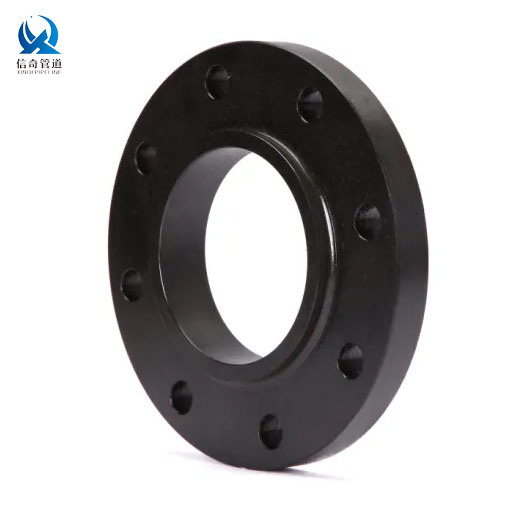
How many measures are taken to maintain carbon steel flanges?
Carbon steel flanges are widely used in daily applications, with large amount of use and fast consumption. Therefore, regular maintenance of carbon steel flanges must have certain rules to maintain the quality of carbon steel flanges as much as possible and improve work efficiency. Let me share w...Read more -
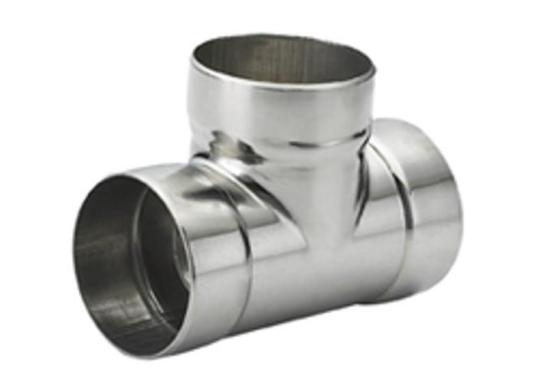
Common knowledge of stainless steel pipe.
Stainless steel seamless steel pipe is a kind of hollow strip steel, which is resistant to weak corrosive media such as air, steam and water and chemical corrosive media such as acid, alkali and salt. It can be used for a large number of pipes used for conveying fluids, such as oil, natural gas, ...Read more -
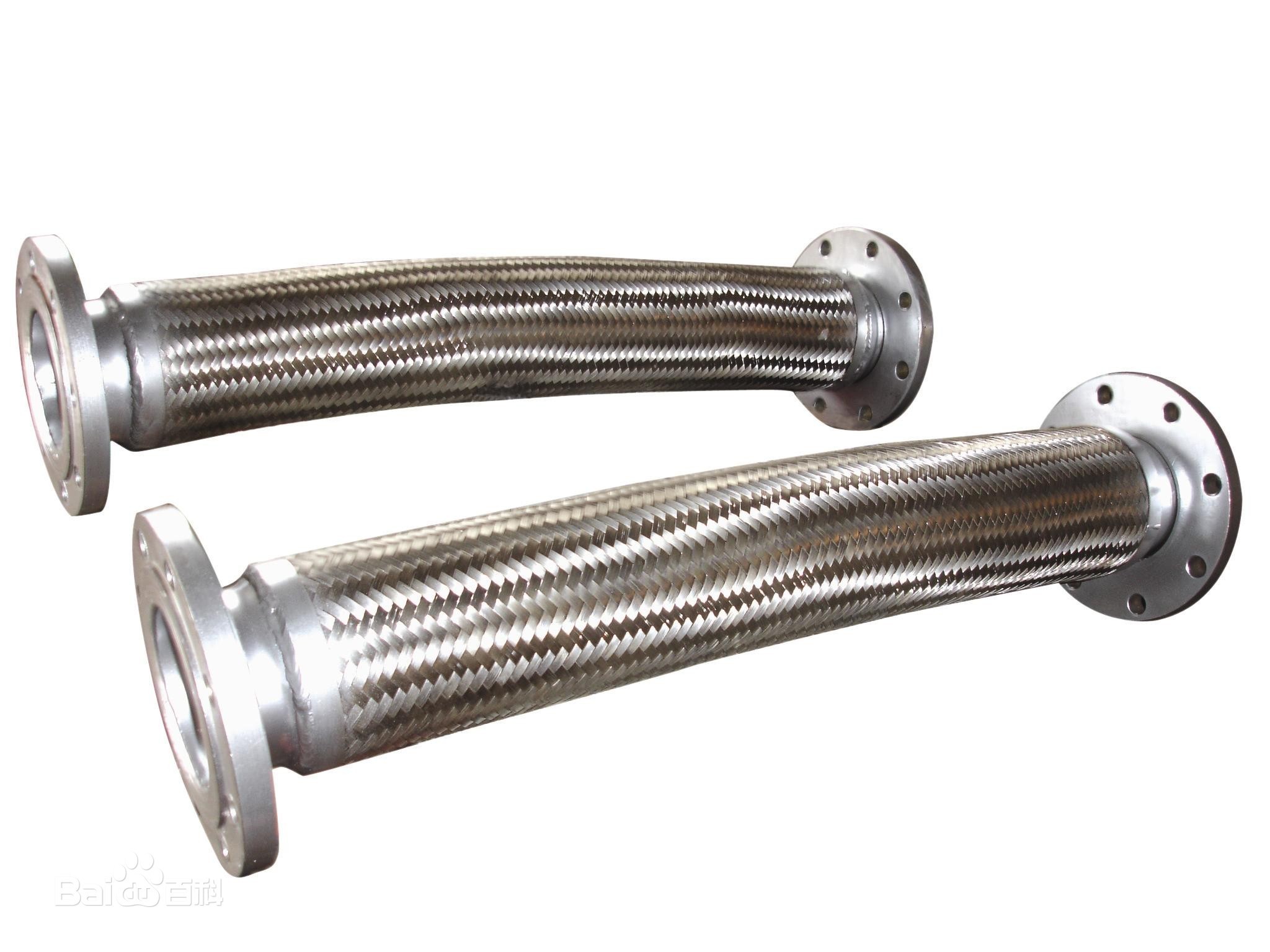
What are the differences between stainless steel metal hose and stainless steel bellows?
The stainless steel through-metal hose is made of stainless steel and corrugated pipe materials and is made of several or second layers of steel wire or wire mesh casing, with joints or flanges on both sides. It is used for 240 pieces of field effect electricity of different media in the process ...Read more -
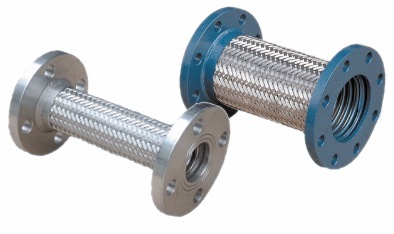
Different performance characteristics of bellows compensator and metal hose.
Today, I will show you the different performance characteristics of bellows compensator and metal hose. 1. The diameter of the bellows compensator can be distinguished from that of the metal hose not exceeding 600mm, while the large diameter of the bellows compensator is 7000mm, which can be pro...Read more -
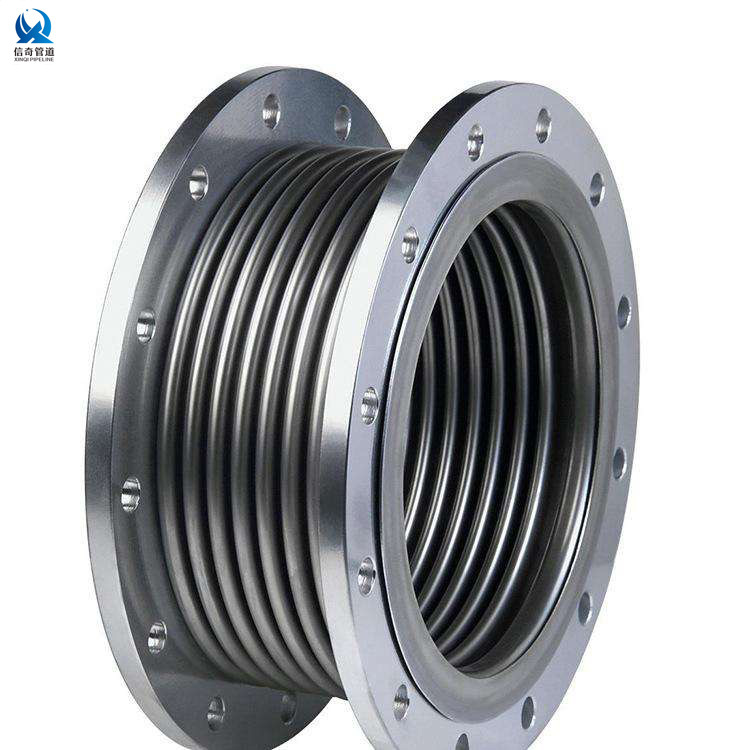
The main performance differences and similarities between metal hose and bellows compensator?
Only air tightness is better than metal hose. Because the bellows is made of integral material, and the metal hose is a flexible element wound by stainless steel tape, there is inevitably a slight air leakage problem. However, with the continuous progress of metal hose technology, its air tightne...Read more -
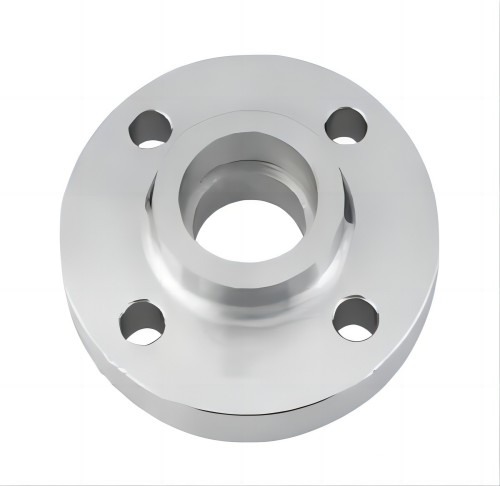
What is the difference between socket welding flange and butt welding flange?
Socket welding and butt welding are common welding connection forms of flange and pipe. Socket welding is to insert the pipe into the flange and then weld, while butt welding is to butt weld the pipe and the butt surface. The socket weld of the socket welding flange cannot be subject to radiograp...Read more


































